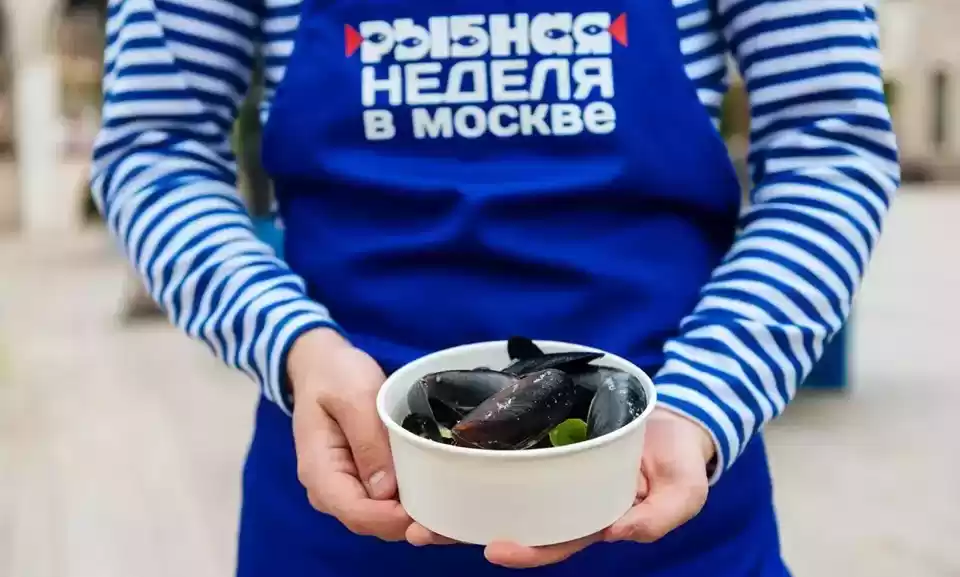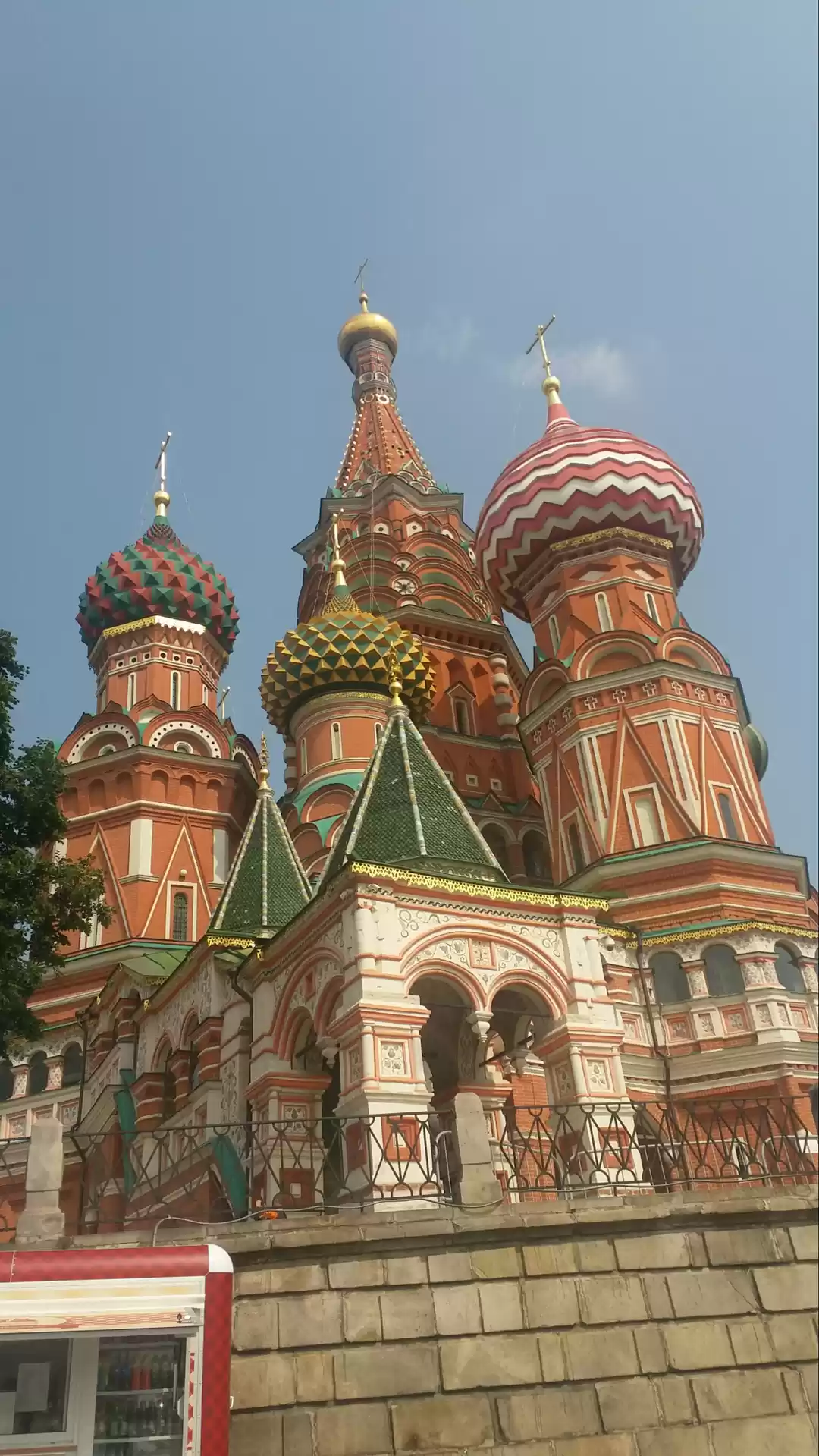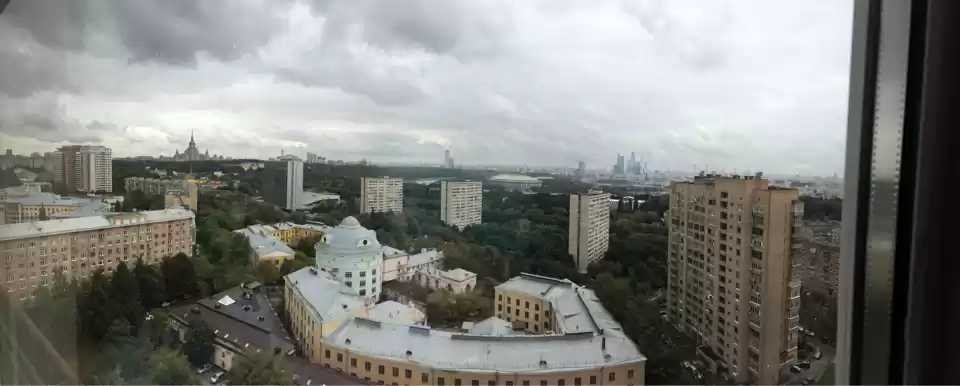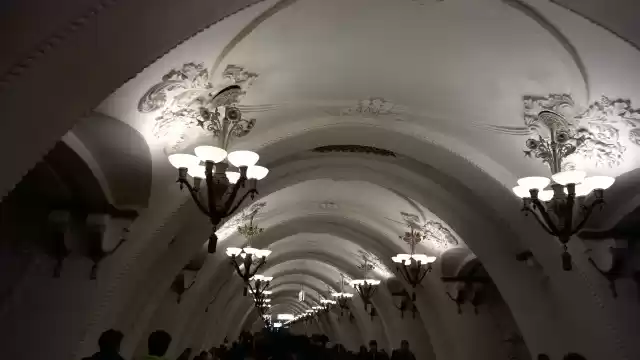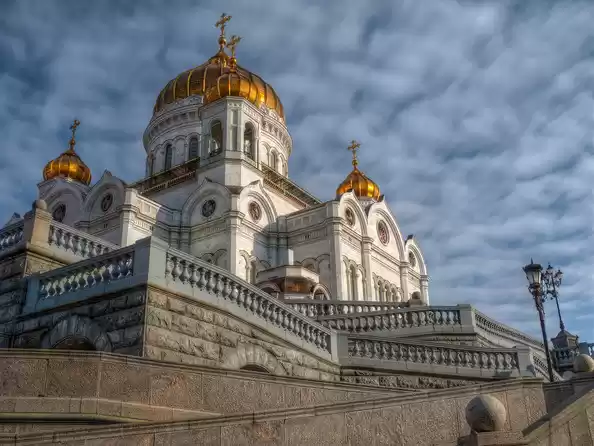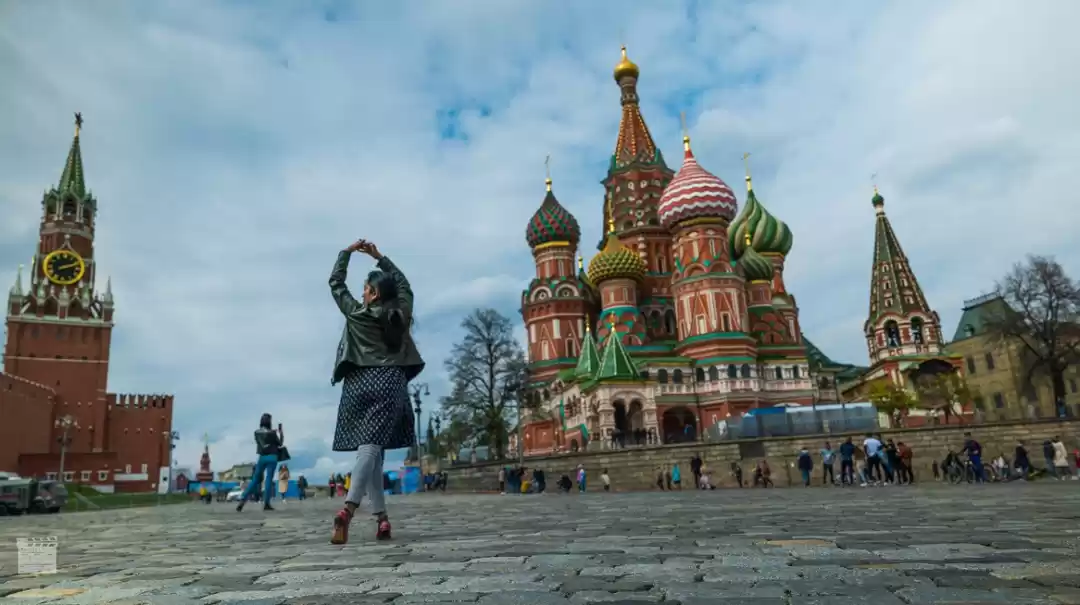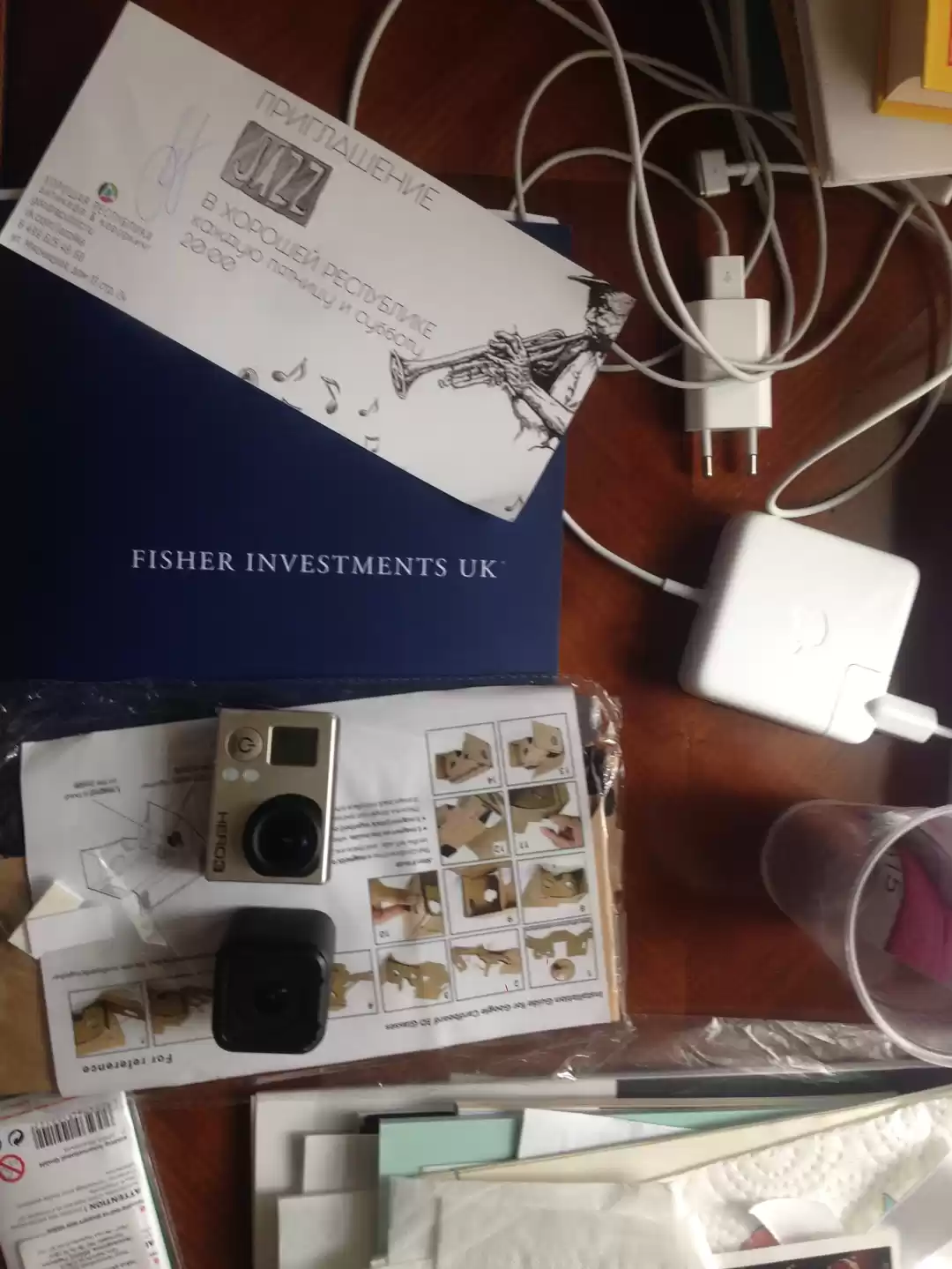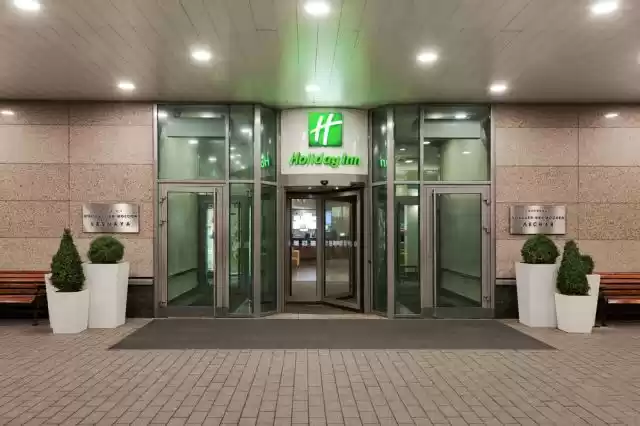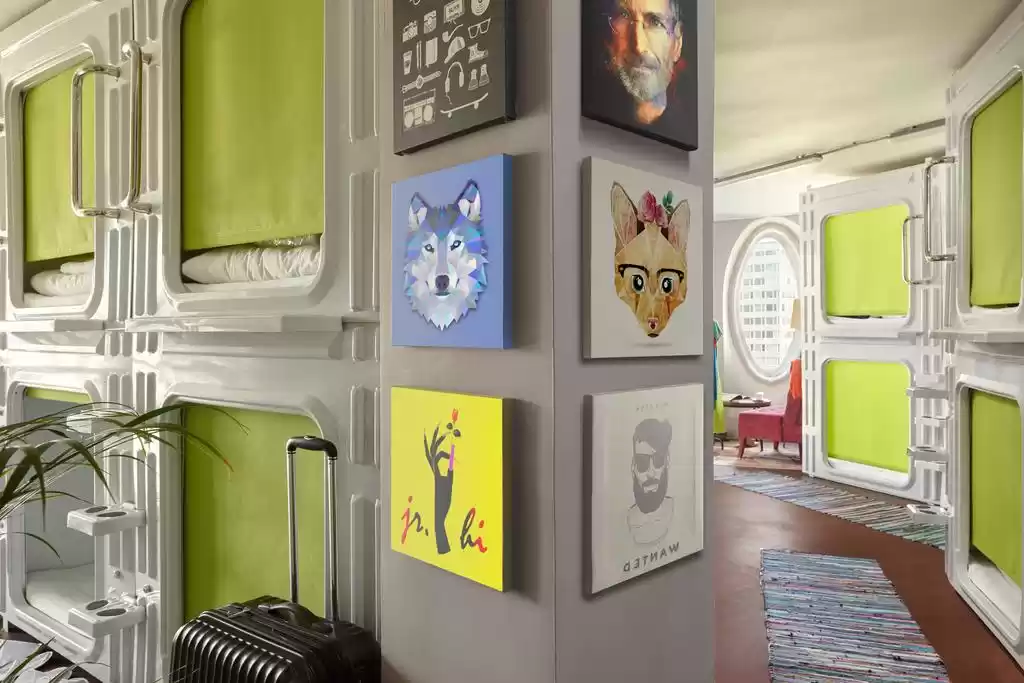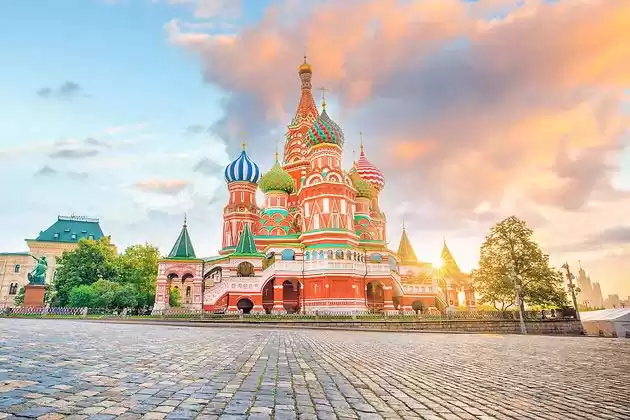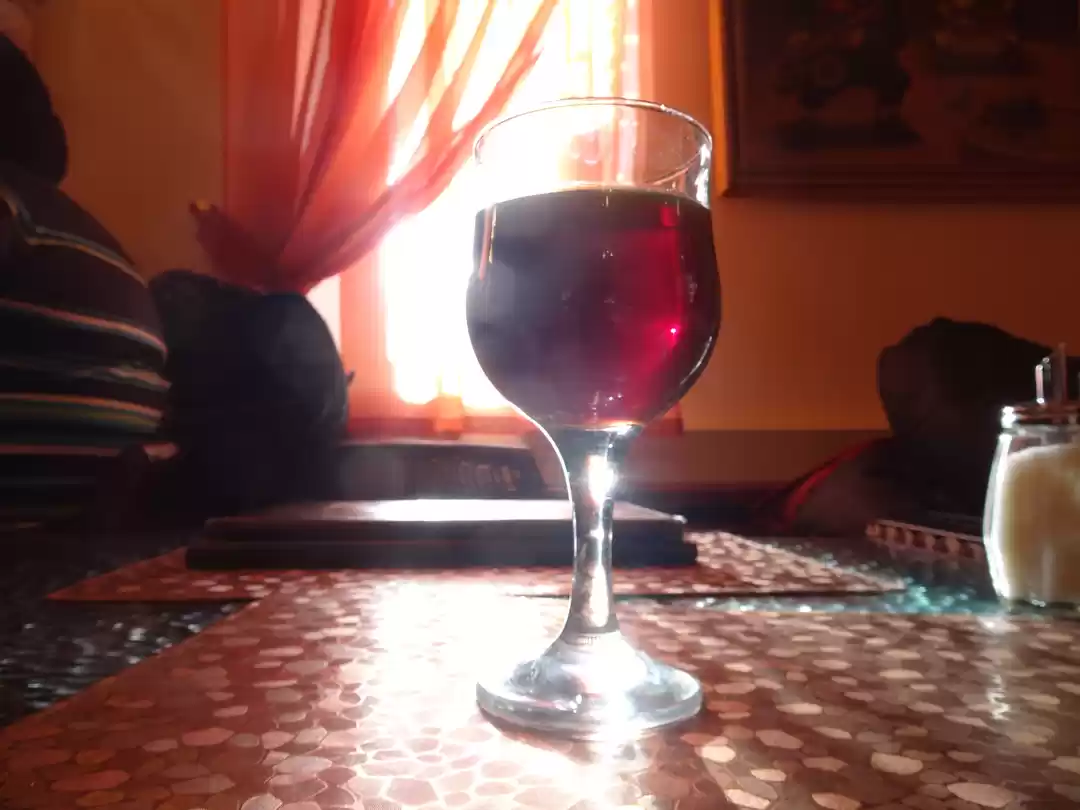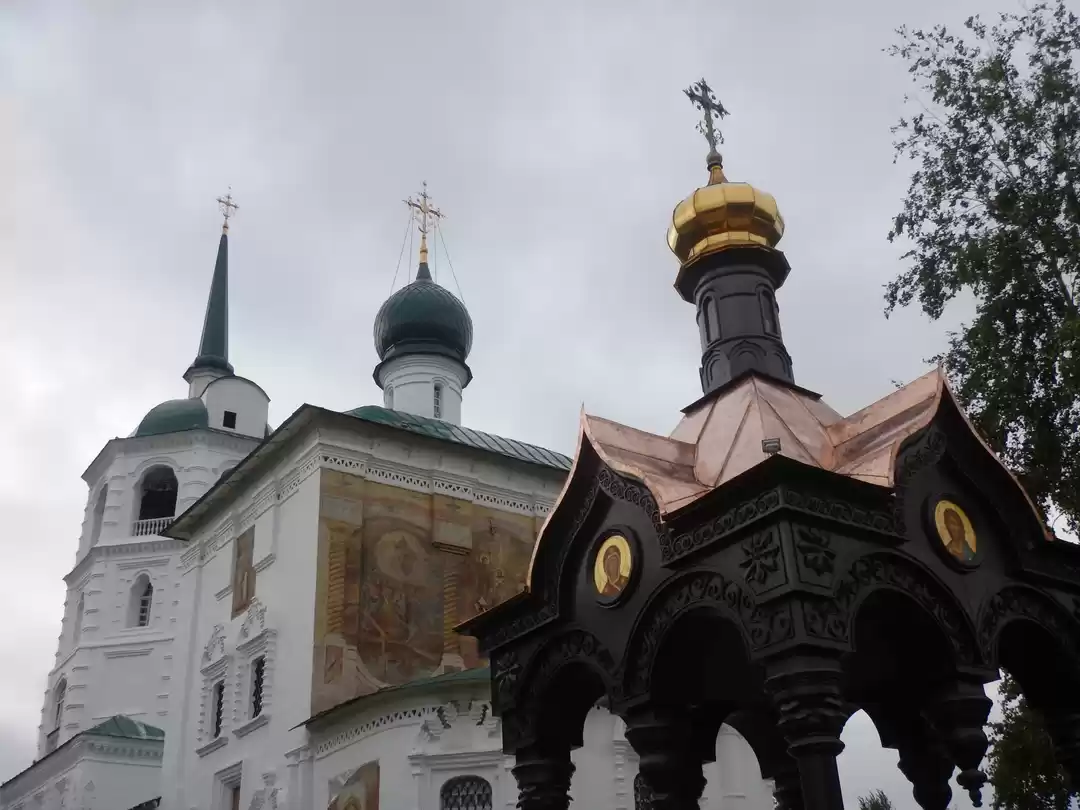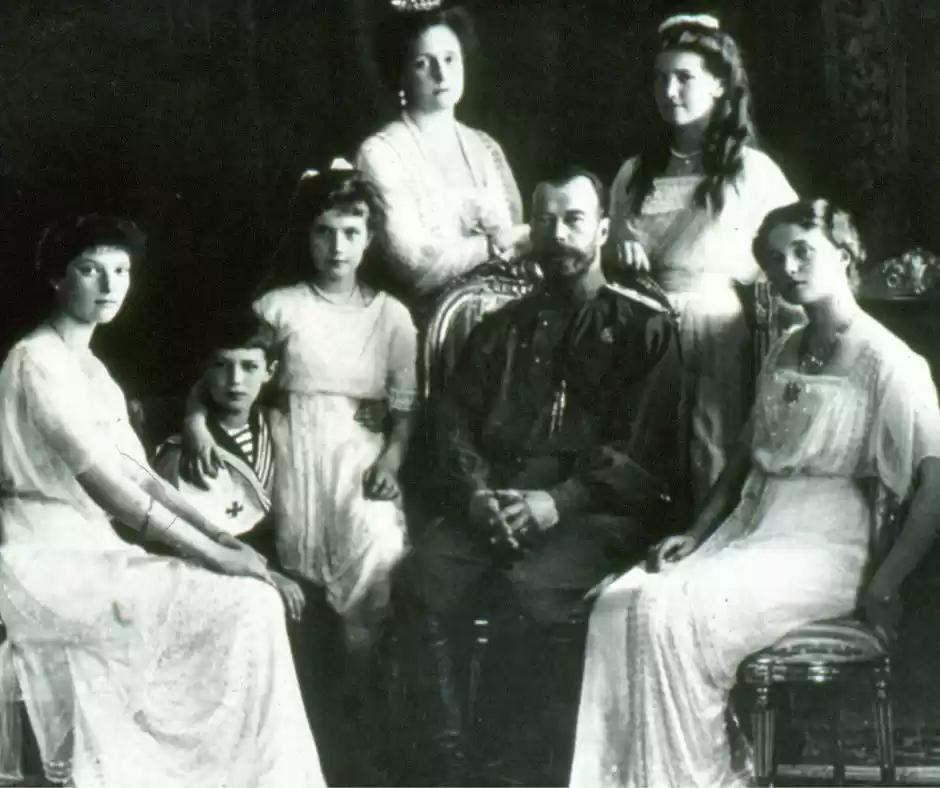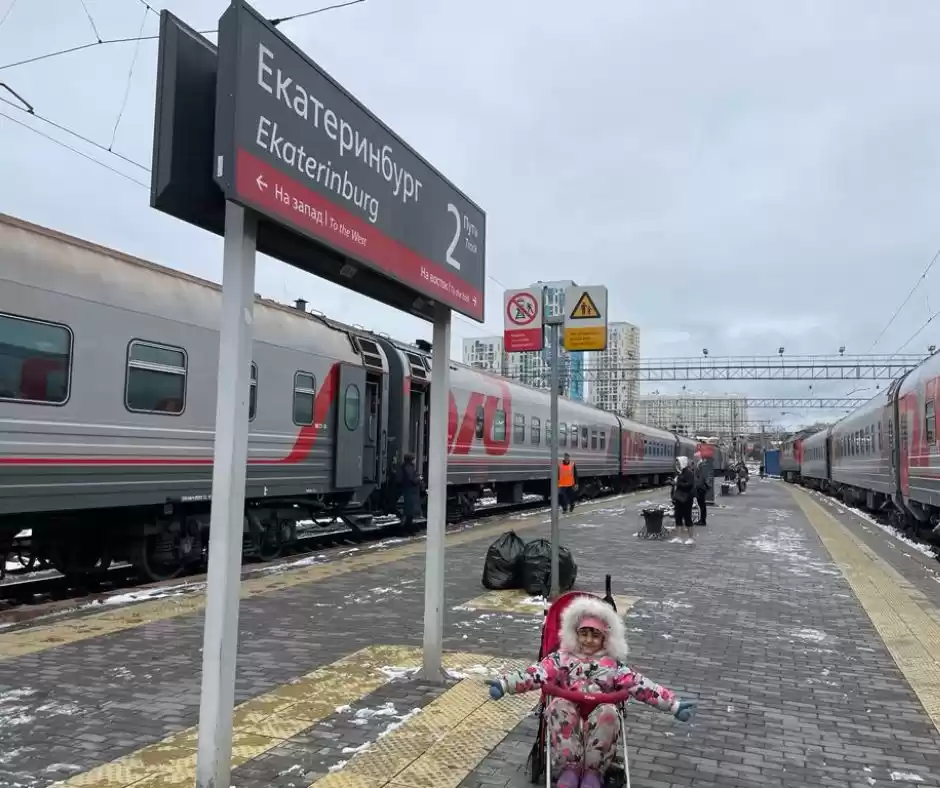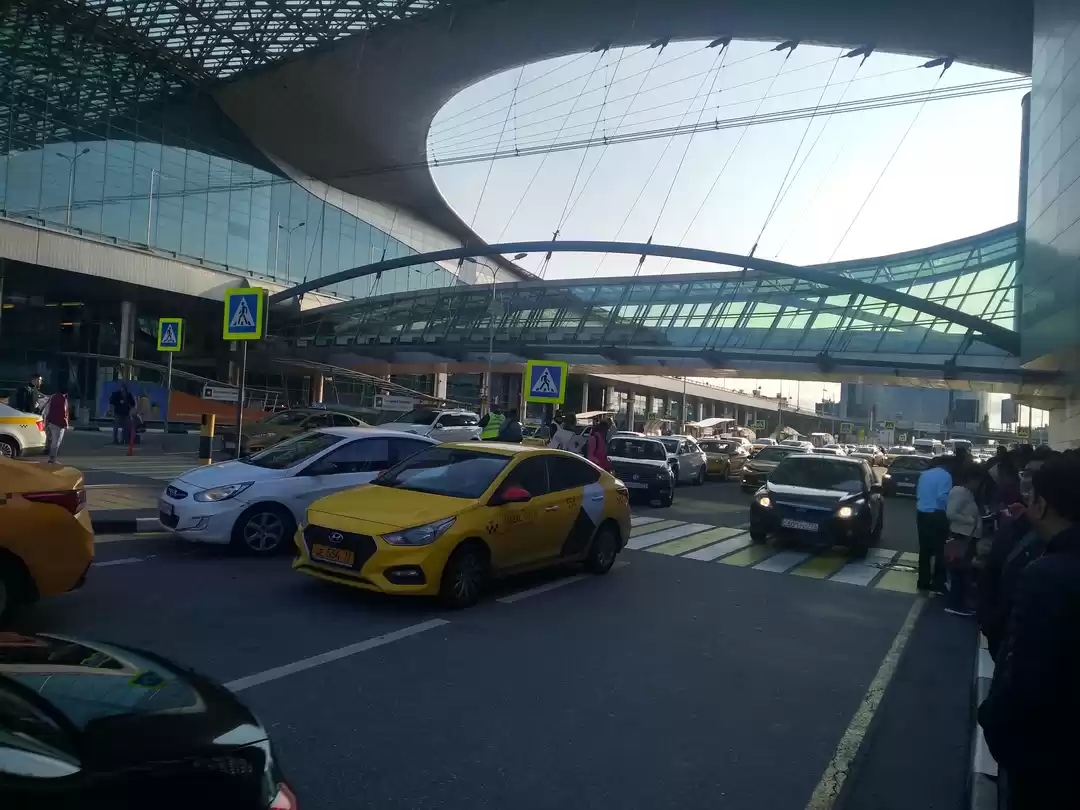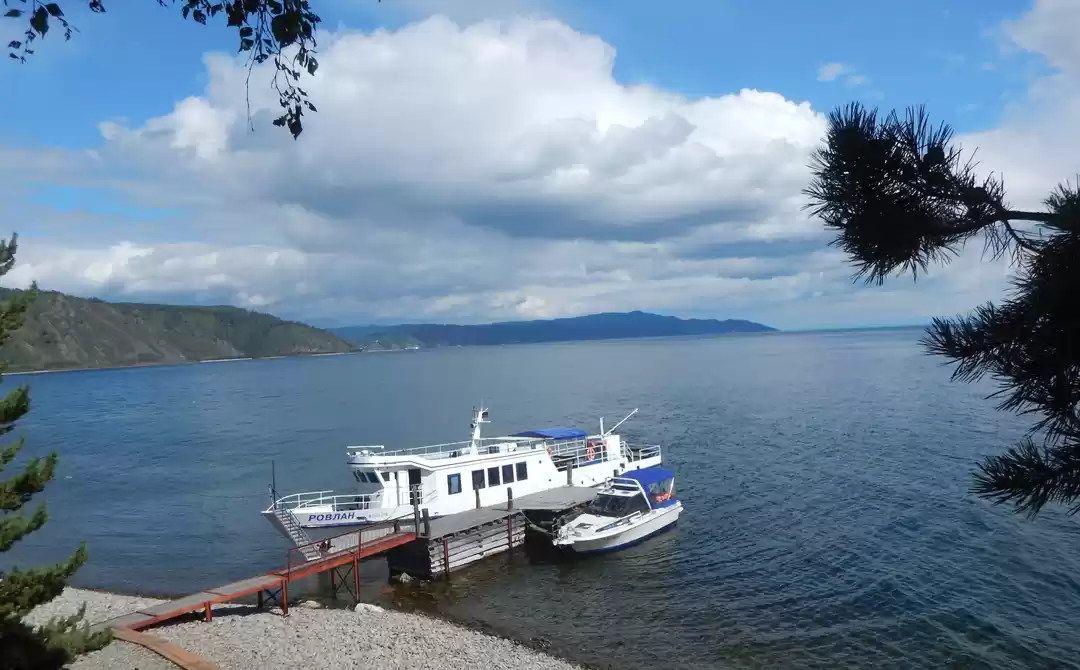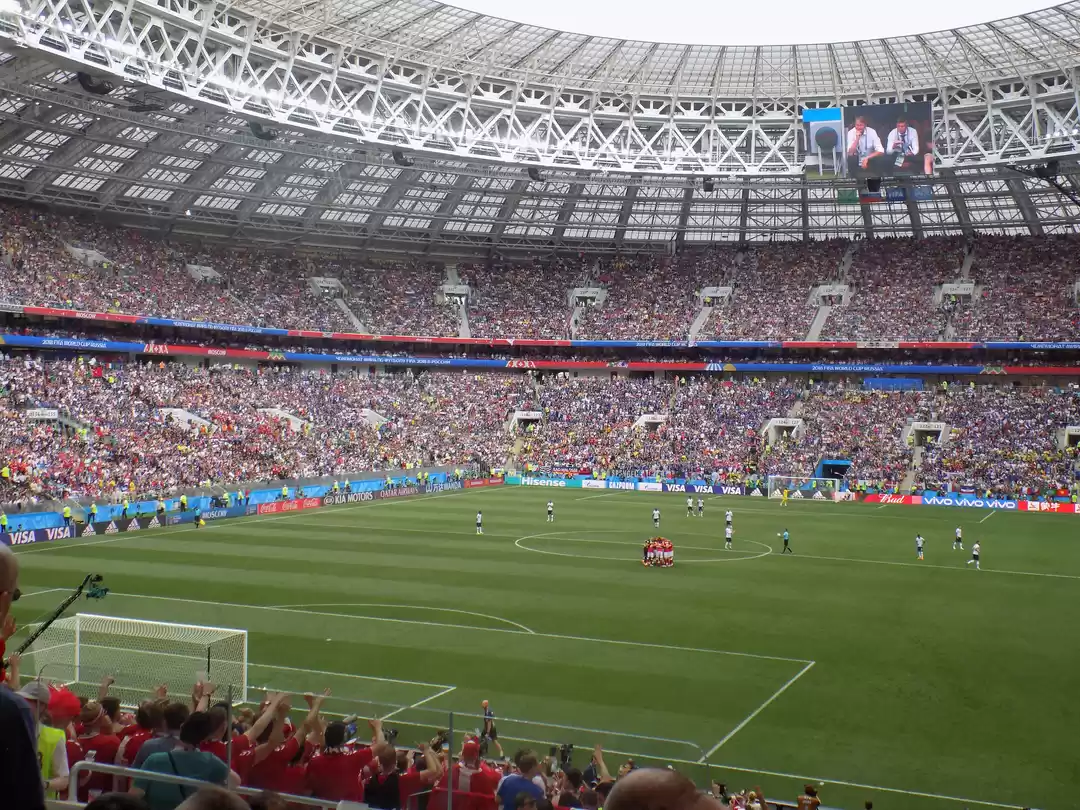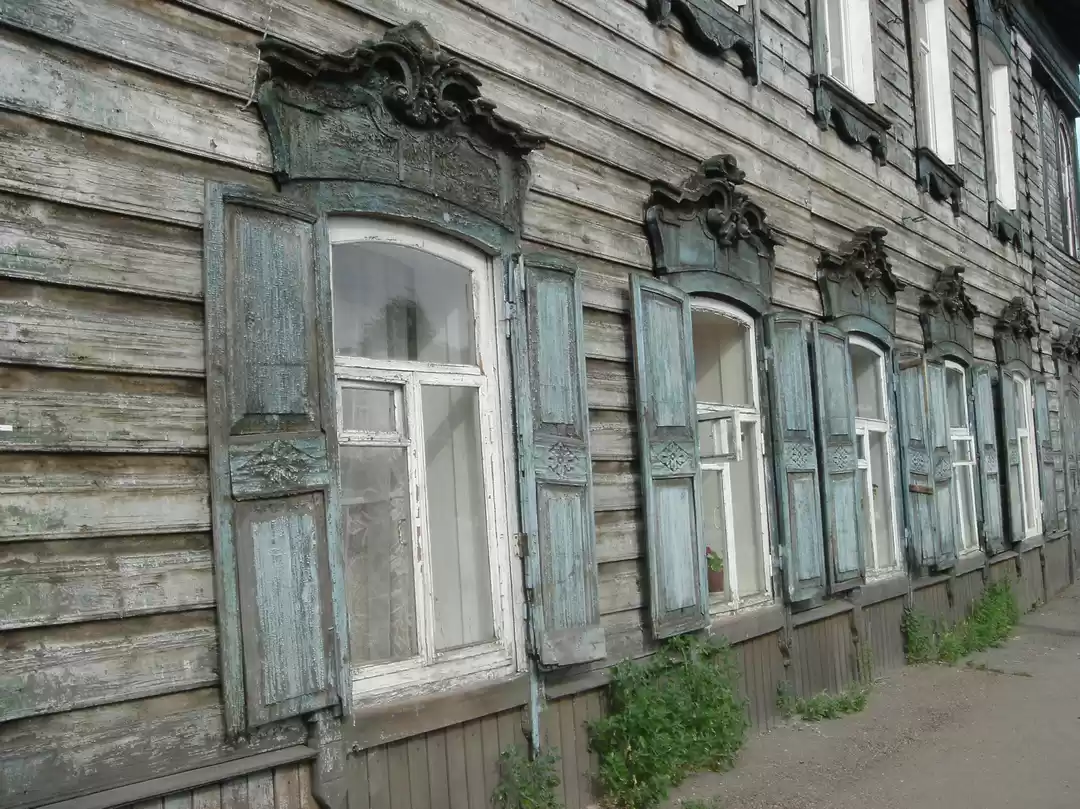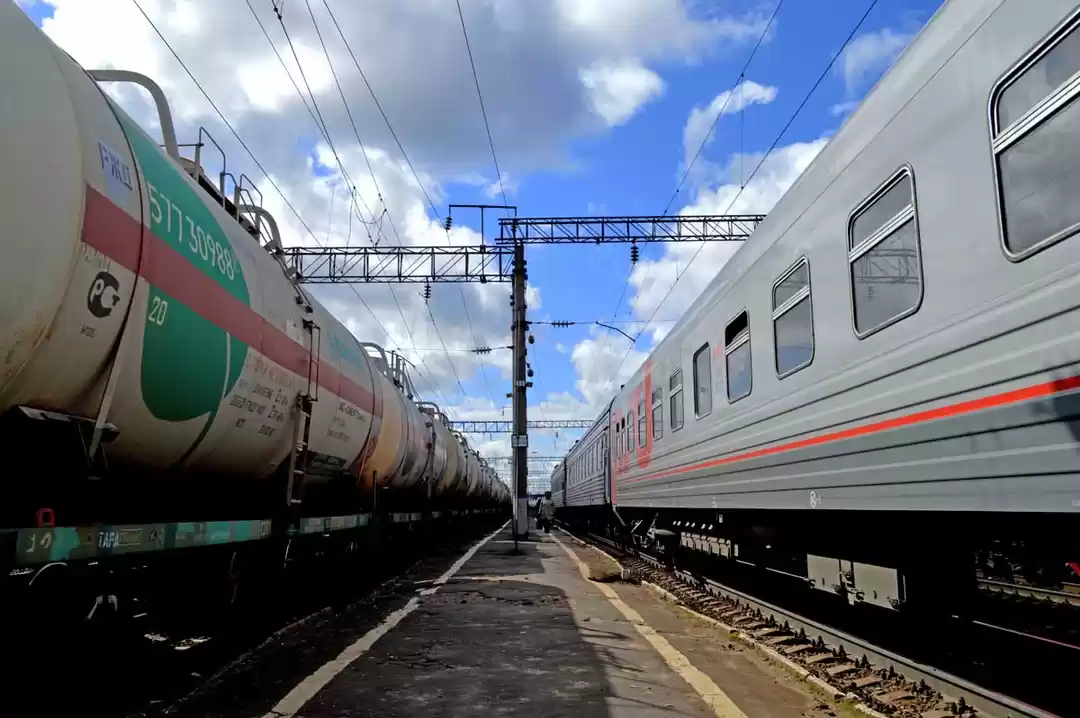
Think of Siberia and the first thing that comes to mind is exile. The gulags and the horror of deportation. Predictably enough our tour guide told us her grandfather had been exiled to Siberia and that was how she happened to be born in the region.
It was a 4 hour flight from Moscow to Novosibirsk on Siberian Air. OMG, they even have an airline! Contrary to my expectations the food, the service and the overall ambience was excellent.
Novosibirsk with a population of 1.5 million is the third largest city in Russia after Moscow and St. Petersburg and lies on the same latitude as Moscow (55°N). It’s a major stop on the Trans-Siberian railway(which is why we were there). All trains stop at the Vokzal-Glavny Station. You can take the train westward to Moscow or eastwards to Vladivostok on the Pacific coast. You can even travel to Beijing, China or Ulaan Baatar, Mongolia (which is what we did).

The weather in Novosibirsk is typical of Siberia- relatively warm summers and harsh winters with freezing Arctic winds and temperatures dipping to -40°C or even lower. The town was founded in 1893 on the Ob River and named Novonikolayevsk in honor of St. Nicholas and the reigning Tsar Nicholas II. The Ob flows into the Arctic Ocean and is the 7th longest river in the world. The trans-Siberian railway bridge across the river was completed in 1897. When the bridge was opened the population was 7800. By the time of the October Revolution in 1917 there were 80,000 people, 8 churches, several schools, cinemas and businesses. Compulsory primary education was instituted in 1913. During the Civil War, the river bridge was blown up and wartime epidemics decimated the population. The Red Army occupied the town in 1919 and it was re-named Novosibirsk in 1926.




The Great Famine of 1932-1933 resulted in more than 170,000 rural immigrants seeking refuge in Novosibirsk. In 1935 the blown-up bridge was replaced by the new Kommunalny bridge. We stopped by the massive Tsar Alexander III statue on the bank of the Ob River. Here you find two bridges (one incomplete) and beautiful vistas of the river. Alexander III was the man who initiated the construction of the tran-Siberian railroad. He died in 1894 before it was completed, though.



Novosibirsk became a bustling industrial hub during the Stalinist era. It was a major supply base for the Red Army during World War II – and there was an influx of more than 140,000 refugees. In September 1962 the population of Novosibirsk hit the million mark. Today most people live in compact apartment buildings, and private villas (called dachas) are rare. We visited one but there was nothing unusual about it.

A grey statue of Lenin stands in front of the Opera and Ballet House in Lenin's Square, a remnant of the bygone Soviet era. The exact geographical centre of the erstwhile Soviet Union is marked by the Chapel of St. Nicholas, a diminutive structure, of interest only to international tourists.

The Alexander Nevsky Cathedral is impressive with its neo-Byzantine domes and rare colours.


The Novosibirsk Zoo houses over 10,000 animals and is one of the very few in the world that have a liger (lion- tigress hybrid). Zita was born in 2004 and gave birth to the world’s first liliger in 2012 when crossed with an African lion. The couple produced more cubs in 2013. Later that year a brood of 3 liligers was born in Okhlahoma, U.S.A. (Incidentally, lion-tiger hybrids were first sighted in India in the early 19th century. )
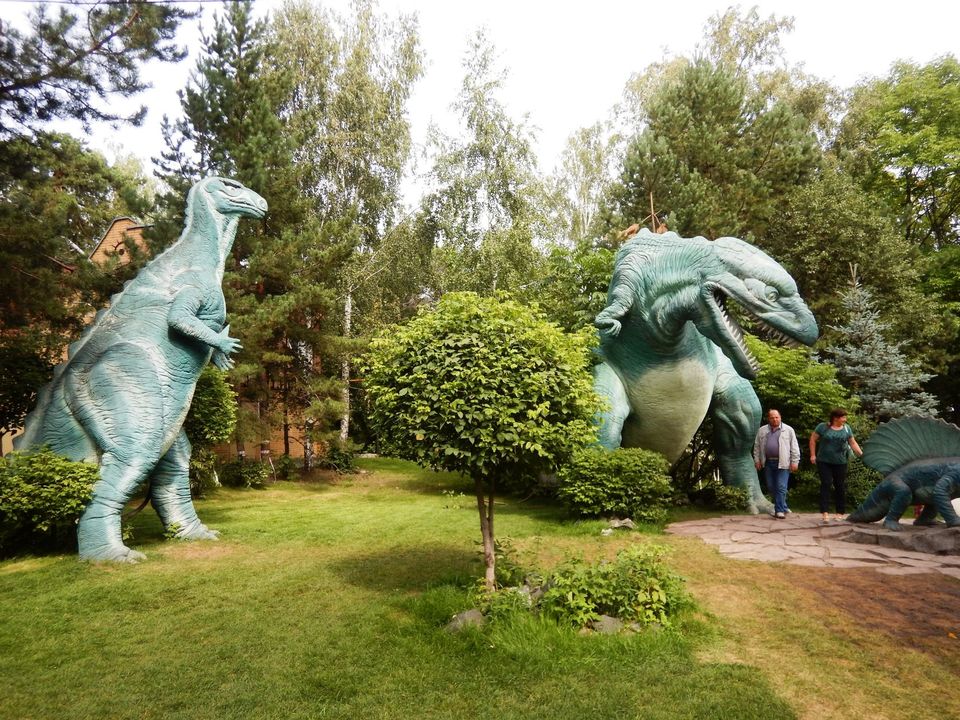
We loved the polar bears, reindeer, snow leopards, jaguars, and of course the simian breeds. One of them put on a spectacular sound track for our pleasure. It was hilarious – I ought to have recorded it. The pictures were all messed up as the iron bars came in the way. Caged animals are really a sad sight, and maybe we shouldn’t go to zoos at all.
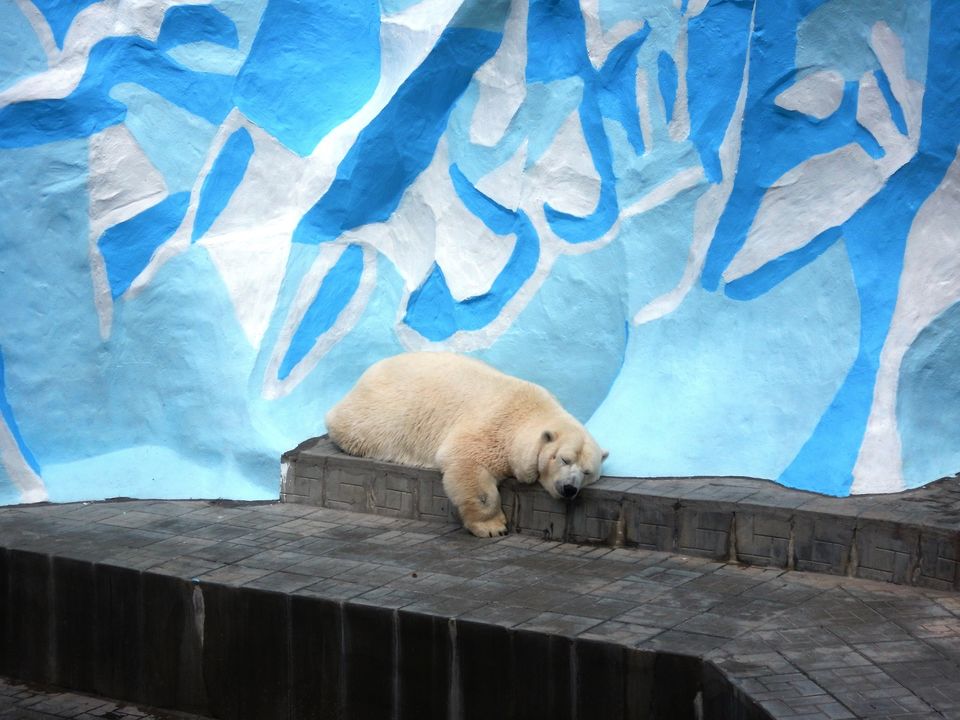
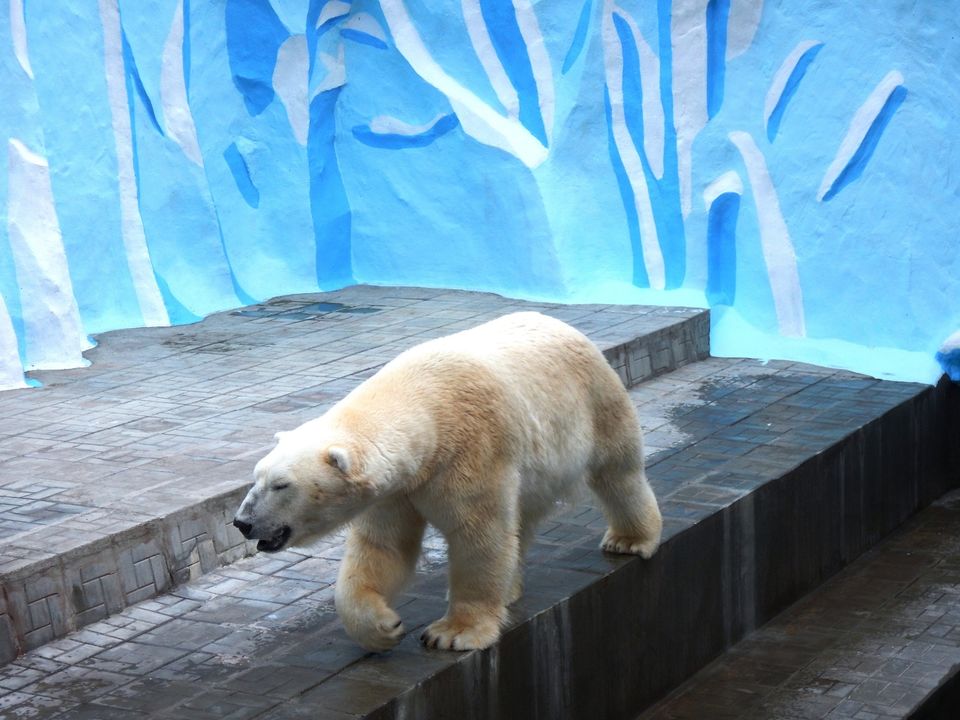
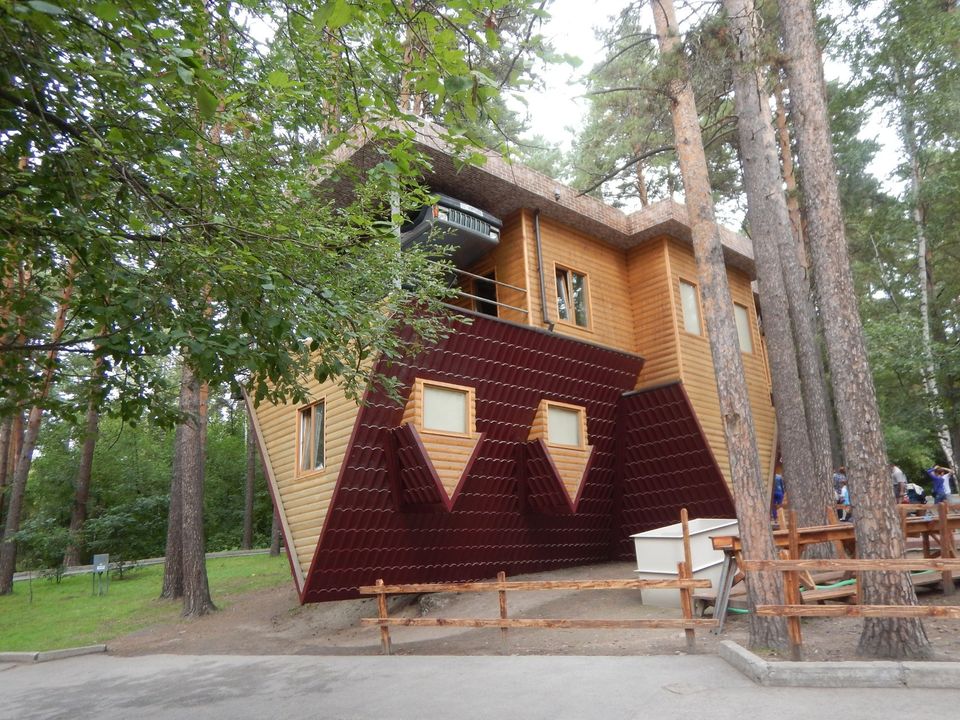
We moved on to the Roerich Museum where the paintings of the legendary Nikolai Roerich and his sons were displayed. It was the Svetoslav who married the Indian actress Devika Rani and was conferred the Padma Bhushan by the Nehru government. Many of us had never heard of daddy Roerich, so there was some communication gap with our tour guide, until further questions finally cleared the confusion. Nikolai is the famous one we learnt. He too had spent long years in India and died in Himachal Pradesh. Svetoslav died in Bangalore in 1993.

We also went to the circus, which wasn’t too exciting. There were a whole lot of animals performing a variety of tricks, but frankly I didn’t enjoy it because I felt sorry for them. There was even a crocodile that never opened its mouth! The Bactrian camels stood on a stool, the bears rode bicycles, the lone ostrich did its part, the acrobats performed impossible and daring feats, but my heart was heavy. Why did they have to do it for me? Too many unanswerable questions. Too much angst.


We boarded a train to Irkutsk – a journey of two nights and one day. There was a dining car but the food was not to our liking. The veggies had serious problems. No one could speak Russian so we had a hard time explaining that we don’t eat meat or fish. The traditional Borsch soup was ok but it contained beef. About the toilets I don’t even want to speak. How I wish we’d taken a flight!





